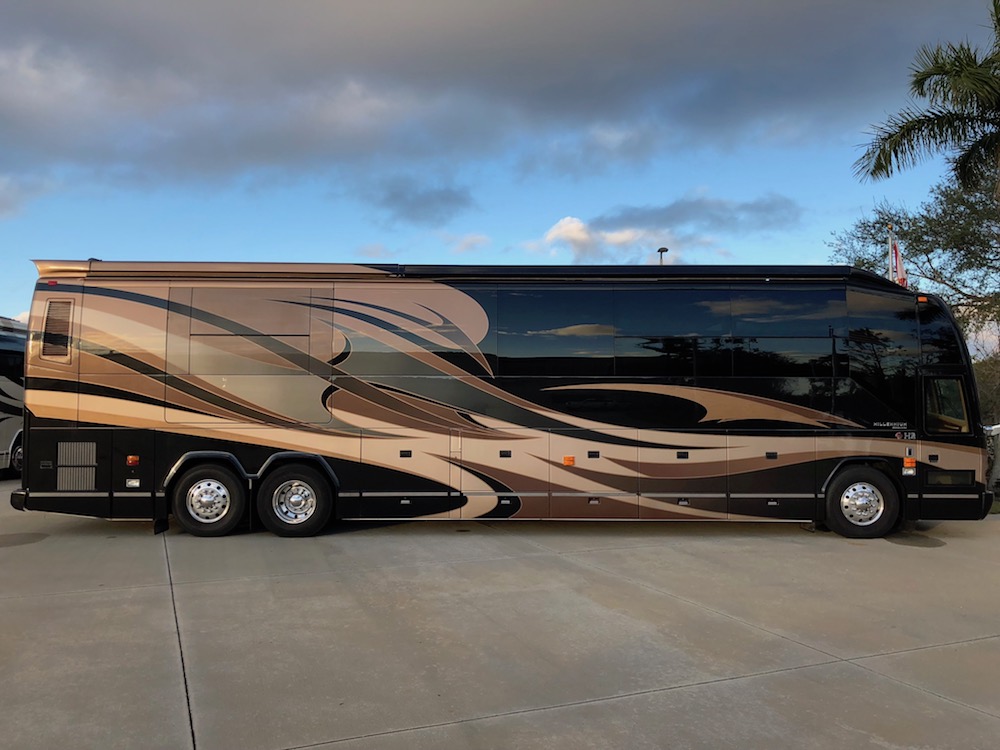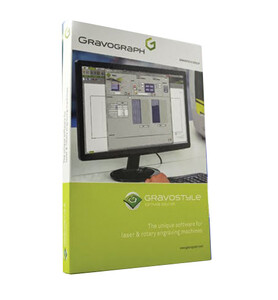

#GRAVOSTYLE 7 ALUMINUM FULL#
In other words, 2.5D carving where one carves the full X and Y data at each Z increment, before going on to the next Z increment. However absent this I figure it ought to be possible to (slowly) do 2.5D carving by splitting a job into depth layers, working out toolpaths for each depth, and engraving each toolpath in descending order down the workpiece. Solving problem #3 (and ideally problem #5 too) would make it fully capable of 2.5D carving, which by rights it ought (as it has X, Y, Z and rotary spindle motors) be able to do. Being able to hatch and outline fill any font or picture area, and being able to quickly and easily convert a bitmap to a toolpath at high rez, has greatly increased the visual quality of the work I can do. (Oh, and a biro core, which drew an interesting picture.) These have given very nice results. Doing this gives a really nice result, particularly on maps and so forth - I've seen commemorative plates with a very nice map of Australia on brass plate, with each state hatch-filled in a different direction, and a superimposed state emblem drawn by not engraving its outlines, on each of the states.ĭue to problem #5 above the only tools I've tried out have been a diamond drag head, for aluminium and brass, and a V-bit, for plastic and MDF.

(6) Calculate and retain multiple different outline/hatch fill toolpaths in different directions. (5) Output to the machine with any function other than Quick Engrave
#GRAVOSTYLE 7 ALUMINUM HOW TO#
(4) Properly handle the centering vice, although I think I've figured out how to sort that one out (set up a standard file with the centre point marked, and centre the work around that point) (3) Control Z axis motion other than to set (a) a safe height and (b) an engraving depth, and raise and lower between (a) and (b) (2) Control the X and Y motion speed, especially during the job (1) Control the spindle speed, especially during the job (the machine can have the spindle turned off manually, but this must be done each toolpath and if you forget to do this once, you can ruin the job) Things I haven't (so far) gotten Aspire to do: I like it a lot better than Gravostyle to use, it seems a lot more powerful and flexible, its image handling is far better, its font handling is far better, it's much cheaper, and it doesn't force me to take up a USB slot with an annoying dongle. The short summary is, I'm very happy with it. I thought I should revisit this, since I've had Aspire running on my Gravograph IS400 for a couple weeks now.
#GRAVOSTYLE 7 ALUMINUM PRO#
PhotoVCarve, so unless you have a third party spooler program, you will not beĪble to copy files produced by PhotoVCarve directly to the Gravograph.īut you will be able to import your PhotoVCarve files into VCarve Pro and send Please note the the "Output direct to device" option is not available within "Output direct to device" and click the "." button to select your IS400 print

When you come to the "Save Toolpath" section of the programs, tick the option to Hopefully you have already set up the connection to your IS400. You should download the trial versions of each to check that you are happy that The Trial versions of both VCarve Pro and Cut3D ship with IS400 post processors. So, if you have one that works, think twice before you "upgrade" your Gravograph Have been re-written to prevent the machines being driven by third party software. However, I believe that the latest versions of the Gravograph firmware VCarve Pro and Cut3D should be able to drive most Gravograph machines.


 0 kommentar(er)
0 kommentar(er)
